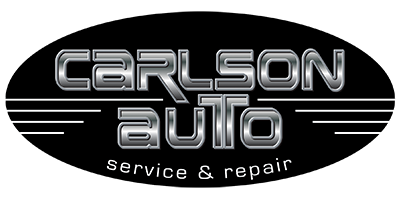
The power steering is the feature in modern cars that allows the driver of a car to direct the vehicle without exerting extreme effort. Movements made on the steering wheel cause fluid pressure inside the hydraulic pump to move to one side or the other of the pump. This pressure causes a piston to move, and that piston directs the gears to steer the car. When the steering fails, the wheels of the car become exponentially more difficult to turn. The wheels will turn, but the force required to make this happen can be unexpected and problematic. If steering failure occurs while a car is in motion, an accident can result.
Squealing Noise
A whining or squealing noise when the wheels turn can be an indication that the power steering fluid is low. The fluid can easily be replaced. A drop in the amount of fluid may be indicative of a leak in the power steering rack. Replacing the fluid will only solve the problem temporarily unless the leak itself is repaired.
Difficult to Turn
If the wheels of your car are difficult to turn, this is another indication that your power steering is failing. Potential causes include low levels of power steering fluid and a leak in the power steering rack, or damage to the power steering belt. Replacement of power steering belts may vary from one type of car to another..
Steering Wheel Vibrates
This symptom of a failing system is a surprise for some people because it occurs when the car is idling and the steering is not in use. Violent steering wheel vibrations are an indication that the belt is either damaged, loose or needs to be replaced. Methods for replacing the belt are the same as the methods described above.
What to do if your Power Steering Fails While Driving
In the event that your power steering fails while driving, your priority should be to get to the side of the road safely. You will need to turn the wheel hard in order to make any turn at all. Don’t hit the brakes hard, because this could cause you to lose control of the vehicle. Alert other drivers to your problem by turning on your hazard lights as you begin to make your way to the shoulder. If you notice an issue, make sure to make an appointment to bring the vehicle in.
